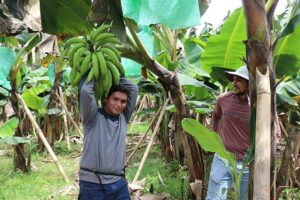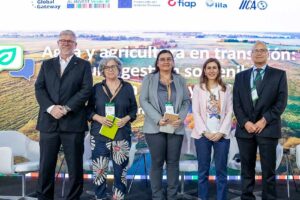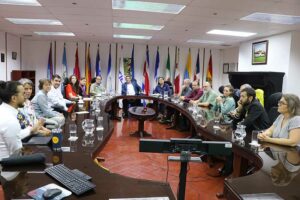CATIE and Yara strengthen their alliance for the care of the International Coffee Collection
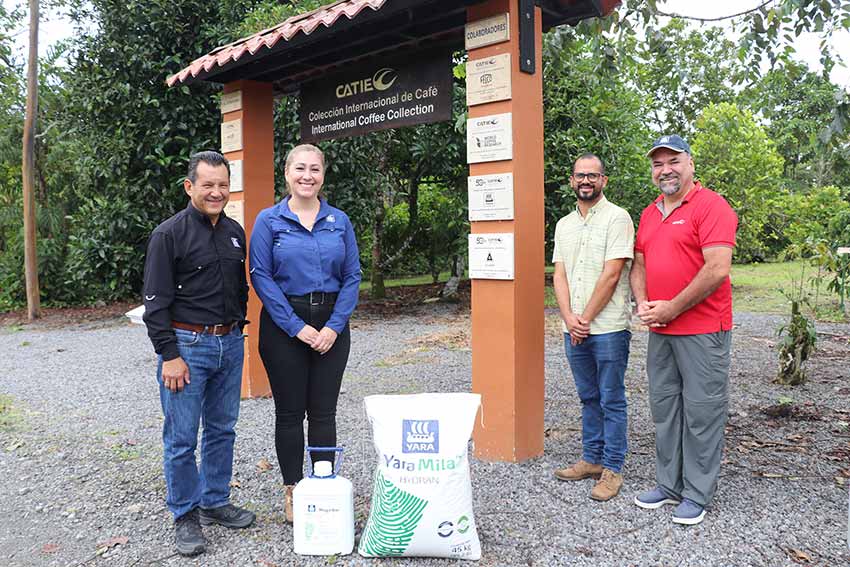
- Recognized by the FAO as a World Heritage, the collection has around 2,000 accessions and is the second largest in Latin America.
As part of the collaboration agreement with CATIE, the company Yara delivered a significant amount of fertilizers that will be used for the nutritional management of the International Coffee Collection, considered one of the most valuable in the world.
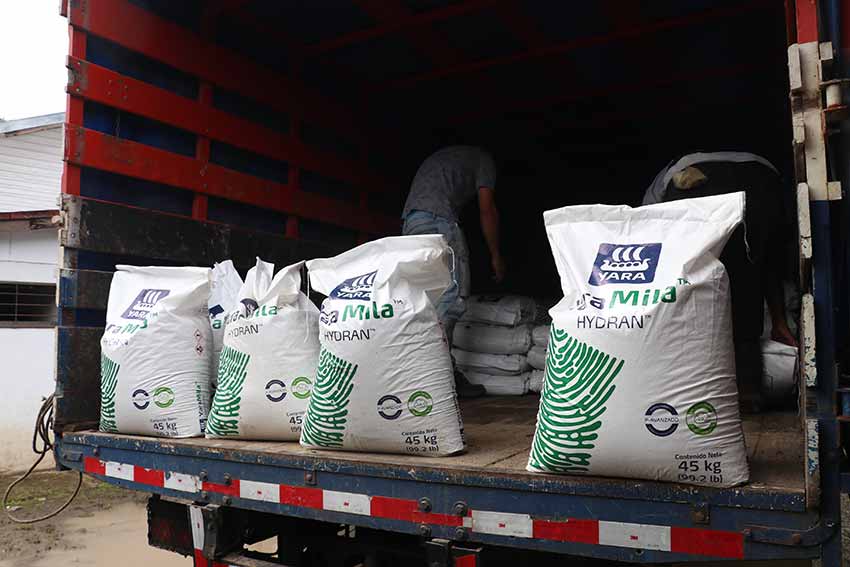
The International Coffee Collection at CATIE, established in 1949, is an invaluable genetic heritage that has played a fundamental role in the development of coffee varieties resistant to diseases, adapted to different climatic conditions, and promoting sustainability in coffee production. In this way, researchers and producers have been able to face the challenges affecting the global coffee sector.
Thanks to the alliance with Yara, the institution has managed to strengthen the nutritional management of the plants, improving their vigor, health, and, in some cases, even their productivity.
“We are very grateful because this allows us to provide an effective solution to the nutritional management of our collection, achieving stronger, healthier, and more vigorous plants. Although productivity is not the goal of a germplasm collection, we have also seen a significant increase, with the most recent harvest reaching almost 75% more than previous years, thanks to the optimal nutritional management we are now providing with Yara’s products,” highlighted William Solano Sánchez, genetic resources specialist at the Agroforestry and Coffee and Cocoa Genetic Improvement Unit (UAMGCC) of CATIE.
Strategic Alliances
For his part, Luis Diego Torres Gutiérrez, technical sales representative for Yara in the Central Valley, emphasized the importance of this contribution: “For us, it is an honor to participate in the preservation and maintenance of CATIE’s International Coffee Collection, which is a global treasure. We have assigned our best products, with low carbon footprint and smart phosphorus, because we know they will help with the nutritional management of the crop. We feel truly identified with this cause.”
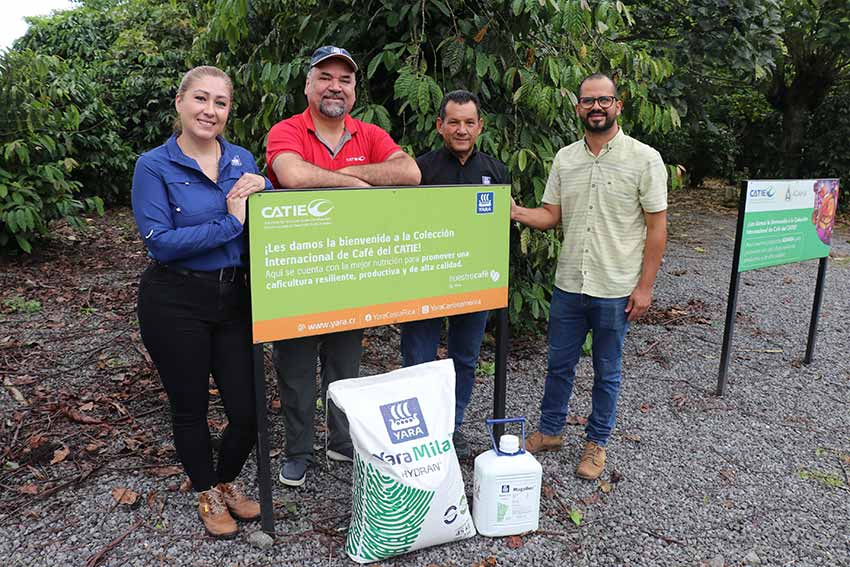
Recognized by the FAO as a World Heritage, the collection has around 2,000 accessions and is the second largest in Latin America. Its relevance lies not only in its size but also in the open access it offers to any producer, university, or research institute, by virtue of the agreement signed in 2006 with the International Treaty on Plant Genetic Resources for Food and Agriculture.
For example, CATIE’s F1 hybrids, such as Milenio, Centroamericano, and Esperanza, are examples of innovative responses to the modern challenges of coffee production. These varieties, developed from the International Coffee Collection, stand out for their high productivity, disease resistance, and exceptional cup quality.
For these and many other reasons, CATIE deeply thanks Yara for this contribution, which keeps the collaboration agreement active and strengthens mutual support for the care and protection of this collection, essential for the future of coffee worldwide.
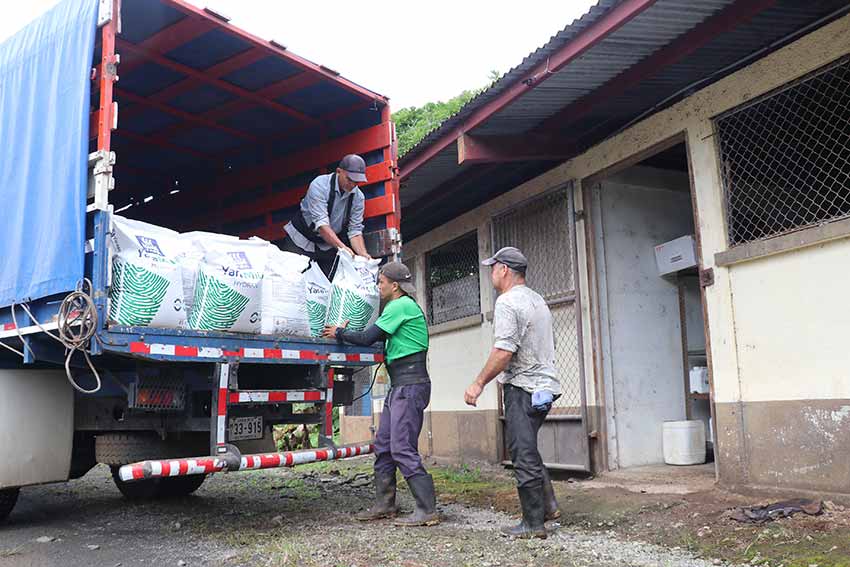
More information:
William Solano Sanchez
Specialist in Plant Genetic Resources
Agroforestry Unit and Genetic Improvement of Coffee and Cocoa
CATIE
wsolano@catie.ac.cr
Written by:
Esteban Rodríguez Zamora
Communicator
Information Technology and Communication
CATIE
esteban.rodriguez@catie.ac.cr

